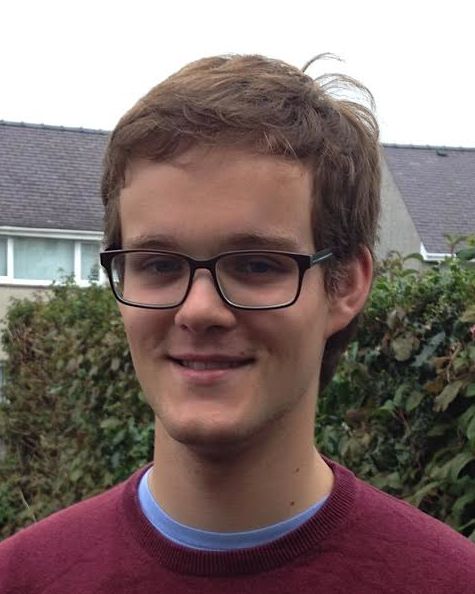Jedrzej Wieteska

Jedrzej Wieteska
Visiting student in Dr Möller's group
Email: jrw87 @ cam.ac.uk
TCM Group, Cavendish Laboratory
19 JJ Thomson Avenue,
Cambridge, CB3 0HE UK.
Collaborations
Research
I am a former Cambridge undergraduate and currently (from September 2015) a graduate research and teaching assistant at Columbia University's Physics department in New York City.
A focal point of my research is the problem of strongly correlated electrons. The question which drives that field is, what are the electronic properties when the indendent electron approximation breaks down.
The conventional independent particle picture is especially successful in explaining properties of materials with broad energy bands, which one associates with large kinetic energies. In this regime electrons are said to be itinerant and they delocalise over the entire solid. However, in materials with moderate to narrow bands, such as d- and f-electron compounds, electrons may localise on particular atoms. This is the situation where effects of statistical, many-body correlations become important, such as in the Mott insulating phase that is fully dominated by potential energy effects.
The most interesting correlated phases, which are also the hardest to approach theoretically, appear in materials where localised electronic motion on short timescales coexists with intinerancy at long timescales. In this situation, the electron gas is unstable towards several competing, nearly degenerate correlated phases such as superconductivity. Progress has been made with this problem using Dynamical Mean-Field Theory techniques, with key contributions from the Millis group at Columbia.
Other fields that I am interested in are two-dimensional materials, where the Columbia community has been a major contributor, as well as random systems (where the most exciting recent development is discovery of the many-body localisation phenomenon).
Featured Publications
-
Isoflurane does not aggregate inside POPC bilayers at high pressure: Implications for pressure reversal of general anaesthesia
Chemical Physics Letters
638
116-121
(2015)